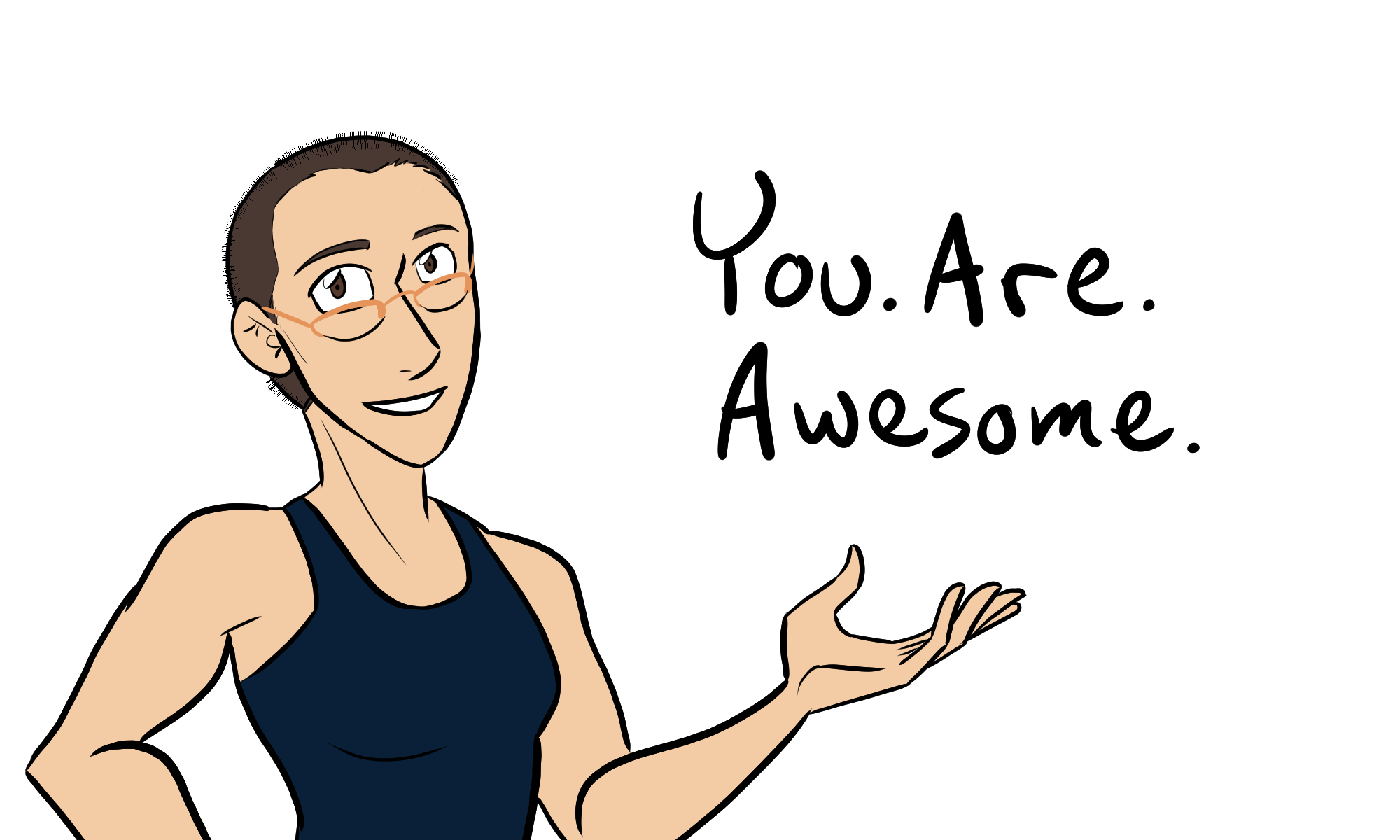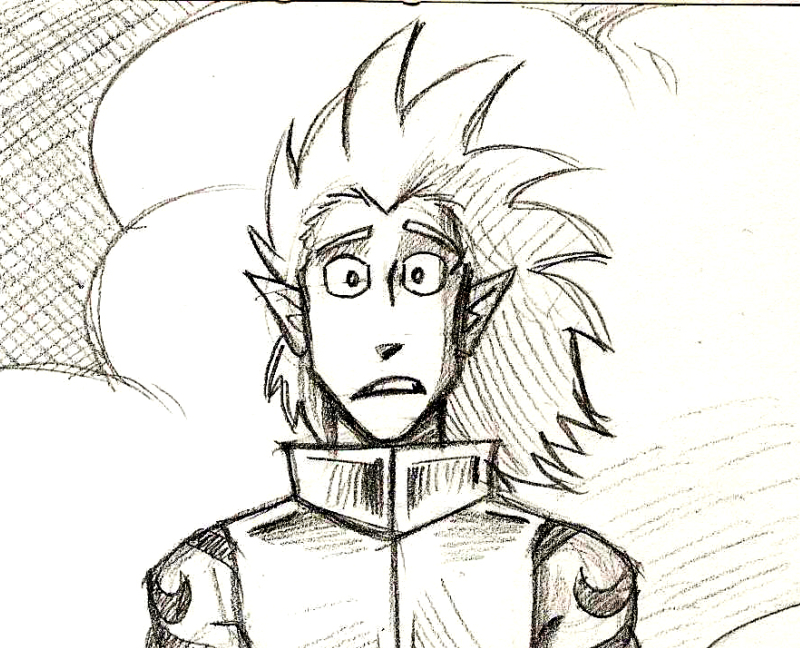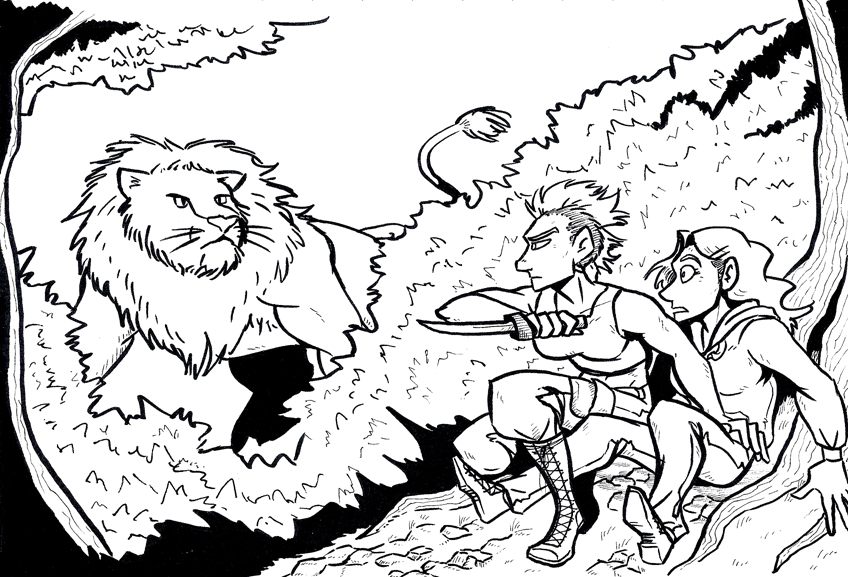Hold on to your seats, because I’m about to reveal how I have run 11 Successful KickStarter campaigns.
And unlike some folks, who put these kinds of secrets behind a pay wall, I’m sharing this learning for free in today’s post.
I started running campaigns specifically for comics way back in 2013. And I’ve averaged 2 or 3 campaigns per year since.
Now, here’s the thing: if you’re looking to raise millions of dollars, these tips COULD still help you. But keep in mind these things…
The most I have raised in one campaign is a little over $2,000, for Validation’s Final Push. This is still 419% of the asking goal. That said, I HAVE run one campaign that raised 800% over the asking goal.
How did I do it? Well here are my tips:
Know your BARE MINIMUM that you need to make a project happen.
Do the math. Factor in costs to print, shipping orders, KickStarter and credit card fees. Add up anything that could cost you money for the project. Know the bare minimum amount that you need to make your project come to life.
This is NOT the time for bells and whistles. If you’re raising funding to get a book printed, know the minimum you need to get JUST the book printed. And ONLY the book.
Often when I see first-time KickStarter campaigns launch, the asking goals are $3k or more – and yet the audience for it cannot raise that much.
And the asking goal is set so high so often because the math is just inaccurate. Because these folks ignore the next point…
Set the rewards to be easy on the budget – and related to the project.
Most of my campaigns are to get a specific product printed. Usually a book. So my rewards are copies of the book, MORE copies of the book, other books I have excess stock of, and something easy I can fulfill with little cost to make. Like commissions!
Often, when I see an unsuccessful KickStarter – and yes, this includes one failed campaign I have under my belt – the campaign fails because of one thing… The rewards offered cost extra to make. And the creator tries to tack on the cost of making those extra rewards onto the overall asking goal.
So for example: a creator may only need $600 to get a book to print…but they think “I could offer stickers! I’ll offer 3 different designs!” But those stickers cost an extra $500 to print. So they add it up and ask for $1100 on the campaign as the initial goal. But wait, there’s t-shirts they wanna make! And those cost $500 more to print, so they add it on and –
You see where this is going. Eventually there are so many rewards offered that the creator THINKS are essential. But they are stretch goals.
Offer stretch goals for after your bare minimum is met.
Stretch goals are goals to make when your campaign raises extra money past the initial asking goal.
Stretch goals are THE THING TO USE when you have extra products you could make, but are not considered essential to make it happen.
For example: if you want to get a book printed, stickers and T-shirts are NOT essential to make it happen. Make those your stretch goals.
Whether you succeed or not – POST. UPDATES.
I’m speaking here as both someone with successful campaigns AND as someone who has backed other campaigns. A creator who posts updates on the KickStarter page, before AND after the campaign ends, is a good creator.
I can count on one hand the number of people I have backed on KickStarter who have not posted updates. And those are the same number of people I would not support again if they launched another campaign.
Posting updates, even irregularly scheduled ones, is still better than dropping off the face of the earth.
And yes – you need to post these updates on the KickStarter page. There’s a link in the creator menu called “Post Update.” USE THAT FEATURE.
Updates can be little things or big things. Just keep your backers in the loop regarding the progress of the project they helped you launch.
Hopefully, with these tips, you can launch your own successful KickStarter, and make your project happen. I believe in you.
If you have any other questions, leave a comment below!
That’s all for now. Thank you for reading!
You. Are. Awesome.


